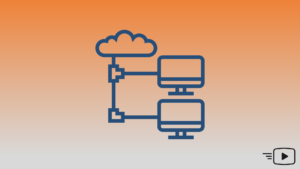
Where To Classify and Mark
This short video answers the question, “Where do I Classify and Mark?” This video is a small portion of the Introducing QoS, Part 5: Implementation
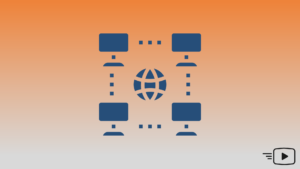
Where To Use Rate Limiting
This short video answers the question, “Where do I use Rate Limiting?” by pointing out common places that Policing and Shaping can be used in
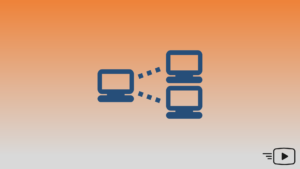
QoS Implementation and Flow Summary
This brief video provides a helpful summary of key concepts related to QoS Implementation and Flow. This video is a small portion of the Introducing

Where To Use Queueing
This brief video answers the question, “Where do I use queueing?” by pointing out common areas of congestion in a network. This video is a
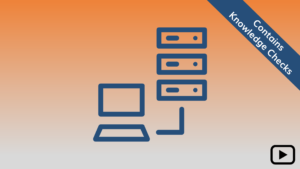
Implementing Network Services
In this 1-hour Tech Session, Jim Goughenour takes a closer look at some of the services that are available natively in IOS that help us
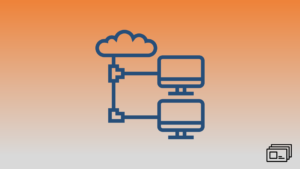
Implementing Network Services
These slides were used to present the Implementing Network Services Tech Session. (Click below to view/download these slides)
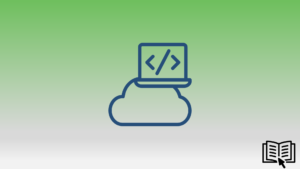
Understanding the Basics of Python Programming
This Tech Brief is derived from the Understanding the Basics of Python Programming Tech Session. (Click below to view/download this Tech Brief)
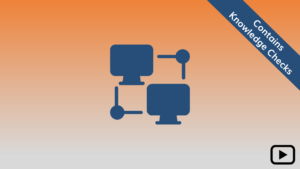
Introducing QoS, Part 5: Implementation and Flow Concepts
In this 1-hour Tech Session, Keith Edwards discusses implementing these tools in a cohesive and coherent fashion, based upon bidirectionality and technology placement. This video
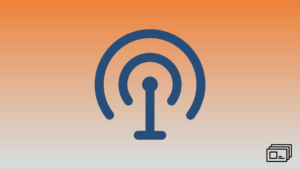
Introducing QoS, Part 5: Implementation and Flow Concepts
These slides were used to present the Introducing QoS, Part 5: Implementation and Flow Concepts Tech Session. (Click below to view/download these slides)
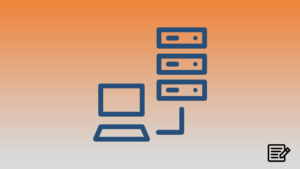
Thinking Through the Questions – ENCOR Exam Prep
By: Jim Goughenour As I continue to prepare for my ENCOR exam, I had some thoughts that I wanted to share. If you are like
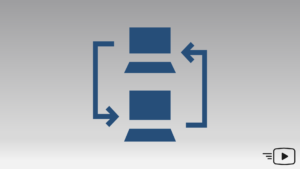
Understanding Phone Registration
This short video walks you through the steps involved in phone registration. This video is a small portion of the Troubleshooting Phone Registration Issues Tech
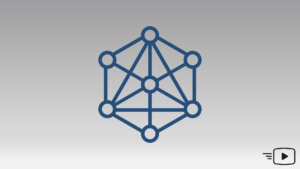
Registration Rejected – Security Error
This brief video walks you through the steps needed to troubleshoot the Error Message: Registration Rejected – Security Error. This video is a small portion
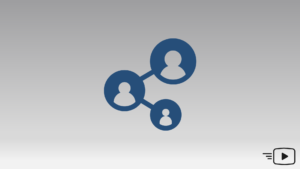
Error Message: Registration Rejected
This short video walks you through the steps needed to troubleshoot the Error Message: Registration Rejected. This video is a small portion of the Troubleshooting
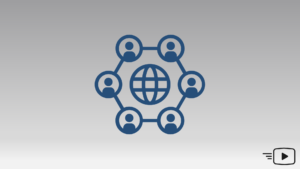
Blank Screen – No Error Message
This short video walks you through the steps needed to troubleshoot a scenario where you have a blank screen with no error message. This video

Phone Troubleshooting Summary
This brief video summarizes some of the main steps involved in troubleshooting a phone including verifying its’ settings and checking status messages. This video is
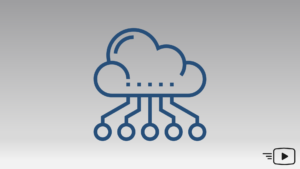
Overview of Troubleshooting Phone Registration Issues
This video walks you through the 9 steps to troubleshooting phone registration issues from verifying that the phone is connected to the correct VLAN to
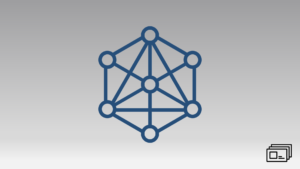
Troubleshooting Phone Registration Issues
These slides were used to present the Troubleshooting Phone Registration Issues Tech Session. (Click below to view/download these slides)
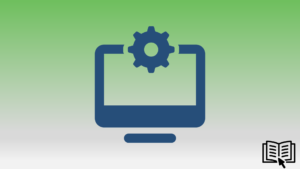
Overview of Network Programmability
This Tech Brief is derived from the Overview of Network Programmability Tech Session. (Click below to view/download this Tech Brief)
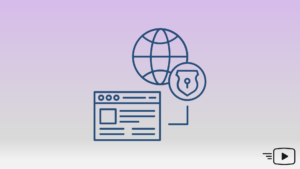
Cloud Security and Threats
This brief video outlines some of the potential threats that organizations face when moving to a cloud model. This video is a small portion of
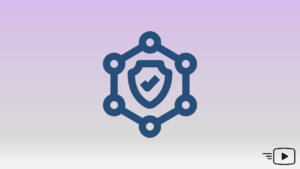
Common Vulnerability Resources
This brief video shares two resources that you can use to look up common software and hardware vulnerabilites. This video is a small portion of
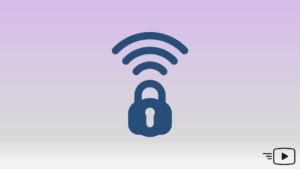
Digital Forensics and Incident Response (DFIR)
This short video explains what Digital Forensics and Incident Response (DFIR) including three sites you can go to to find NIST guides. This video is
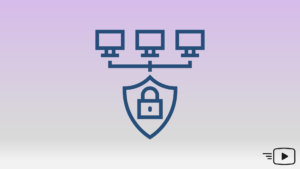
Information Security vs. Cybersecurity
This brief video explains the difference between Information Security and Cybersecurity. This video is a small portion of the SCOR Exam Part 1: Security Concepts
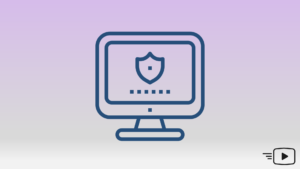
Cybersecurity Risks: IoT Devices
This short video discusses the cybersecurity risks found in IoT devices which were not designed with security in mind. This video is a small portion

What is Risk?
This video defines risk and outlines ways to manage it including Avoidance, Management, and Transfer. This video is a small portion of the SCOR Exam
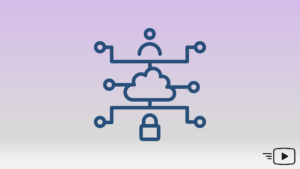
Security Concepts Summary
This brief video summarizes the main points covered in the Security Concepts Tech Session including the basics of Cybersecurity, the CIA triad, and common software/hardware
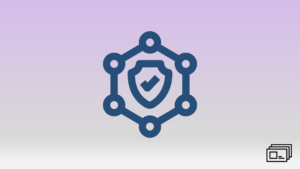
The CIA Triad
This brief video explains the CIA Triad (Confidentiality, Integrity, and Availability) which can be used to guide information security policies within an organization. This video

The Information Security Process
This video walks through The Information Security Process consisting of Prevention, Detection, and Response. This video is a small portion of the SCOR Exam Part

Why is Security Important?
This short video answers the question, “Why is Security Important?” by providing some real-world examples of security breaches that had huge consequences. This video is

Threats, Vulnerabilities, and Exploits
This video provides an overview of threats, vulnerabilities, and exploits, providing common examples of each. This video is a small portion of the SCOR Exam
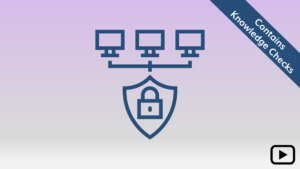
SCOR Exam Part 1: Security Concepts
In this 1-hour Tech Session, we cover the SCOR Exam Security Concepts. Eric Smith looks at how the SCOR Exam fits into the Cisco CCNP

SCOR Exam Part 1: Security Concepts
These slides were used to present the SCOR Exam Part 1: Security Concepts Tech Session. (Click below to view/download these slides)
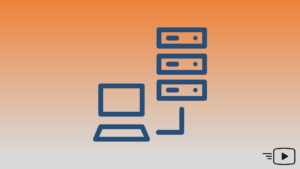
Troubleshooting Tool Set Overview
This short video outlines the categories of troubleshooting tools at Layers 1-4. This video is a small portion of the Troubleshooting Wireless Client Connectivity Tech
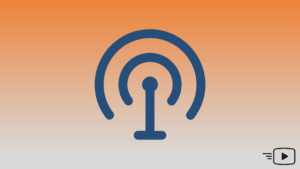
Layered Approach to Troubleshooting
This short video outlines the Layered Approach to troubleshooting from the Application layer to the Link layer. This video is a small portion of the

Layer 4 Troubleshooting Tools
This video outlines some popular Layer 4 Troubleshooting Tools such as the Wireless Config Analyzer. This video is a small portion of the Troubleshooting Wireless

Layer 3 Troubleshooting Tools
This video outlines some popular Layer 3 Troubleshooting Tools including MetaGeek Eye P.A. and Wireshark. This video is a small portion of the Troubleshooting Wireless

Layer 1 Troubleshooting Tools
This video outlines some popular Layer 1 Troubleshooting Tools including Cisco CleanAir, Cisco Spectrum, Cisco Meraki RF, and Ekahau Site Survey. This video is a

Layer 2 Troubleshooting Tools
This short video outlines some popular Layer 2 Troubleshooting Tools including Metageek InSSIDer, Wi-Fi Analyzer, and Apple AirPort Utility. This video is a small portion

WLAN Troubleshooting
This short video walks you through WLAN Troubleshooting steps as they pertain to SSID Settings, AAA Trouble, and Data Rates. This video is a small

Troubleshooting: Remembering the Relationships
This video looks at a common troubleshooting question, “Where does the problem exist?” and focuses on looking at the relationships between various network components. This

Troubleshooting: Understanding the Problem
This brief video outlines some of the questions you might ask when troubleshooting wireless client connectivity such as: Single/Multiple clients? One/Multiple areas? One/More controllers? This

Infrastructure Troubleshooting
This short video walks you through the three categories of Infrastructure Troubleshooting: Ports & VLANs, Services, and Tagging & Routing. This video is a small

Client Troubleshooting
This short video walks you through Client Troubleshooting steps as they pertain to the Initial Connection, Intermittent Connection, and Sustained Connection. This video is a

1:1 Stateful Switchover
This brief video explains the 1:1 Stateful Switchover feature in which the Active WLC is connected to the Standby WLC via a high availability link.

AP Failover
This short video walks through the steps involved in AP Failover. This video is a small portion of the Wireless AP Operation Tech Session. Be

AP Mode Overview
This video provides an overview of AP Modes which provide different services and are largely determined by their design. This video is a small portion

AP Join Process Overview
This video provides an overview of the AP Join Process including Universal AP Priming, Controller Discovery, Controller Join, and CAPWAP steps. This video is a

AP Join Process: CAPWAP
This brief video outlines the CAPWAP component of the AP Join Process. This video is a small portion of the Wireless AP Operation Tech Session.

Wireless AP Components
This video breaks down the main components in a Wireless AP Network including the User, AP, Wired Network, and Controller. This video is a small

Controller Discovery
This short video explains the Controller Discovery process that includes Subnetwork Broadcast, Locally Stored, DHCP with Options, and DNS methods. This video is a small

Controller Join
This video explains the AP Join Process as it pertains to Primary, Secondary, Tertiary, Master, and Least Loaded Controllers. This video is a small portion

Less Common AP Modes
This short video explains some of the less common AP modes including AP Monitor, SE-Connect, OEAP, Sniffer, and Rogue Detector. This video is a small

Common AP Modes
This short video explains some of the most common AP modes including Local, FlexConnect, Bridge, and Mesh. This video is a small portion of the

Controller High Availability
This brief video explains N + 1 in which multiple primary WLAN Controllers share one backup. This video is a small portion of the Wireless

Manual/Automatic Priming
This brief video provides an overview of the AP Join Process via Manual Priming or Automatic Priming. This video is a small portion of the
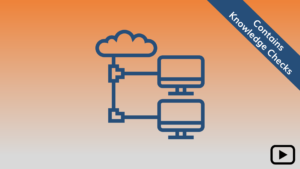
Troubleshooting Wireless Client Connectivity
In this 1-hour Tech Session, Jim Goughenour takes a closer look at some of the common wireless client connectivity issues, both from a client perspective

CAM and TCAM Tables
This brief video explain the differences between CAM and TCAM Tables in Layer 2 and Layer 3 switches. This video is a small portion of

CEF Considerations
This short video outlines 4 things to be mindful of when dealing with Cisco Express Forwarding including things such as Layer 3 Load Balancing and

Cisco Express Forwarding (CEF)
This short video explains some of the key characteristics of the Cisco Express Forwarding (CEF) method which is the fastest of the three forwarding methods.

The Control and Data Planes
This short video provides an explanation of roles the Control Plane and Data Plane play in a switching architecture. This video is a small portion

Fast Switching (Route Caching)
This brief video explains some of the key characteristics of the Fast Switching (Route Caching) method which is a faster method in which the first

Process Switching
This brief video explains some of the key characteristics of the Process Switching method which is the slowest of the three methods. This video is

The CAM Table
This short video explains how a Content Addressable Memory (CAM) Table stores information for Layer 2 switching. This video is a small portion of the

The Three Frame Forwarding Methods
This short video provides an overview of the three frame forwarding methods including Process Switching, Fast Switching (Route Caching), and Cisco Express Forwarding (CEF). This

Layer 2 Forwarding Questions
This video walks you through the three questions a switch will ask when deciding how or if to forward a frame. This video is a

Class-Based Policing Example
This short video provides an example of Class-Based Policing including maximum and minimum throughputs. This video is a small portion of the Introducing QoS, Part

Policer Operation
This video explains how a Policer works including Single-Rate Single Bucket and Single-Rate Dual Bucket. This video is a small portion of the Introducing QoS,

Policing Algorithm
This video introduces the Policing Algorithm and breaks down its’ various components. This video is a small portion of the Introducing QoS, Part 4: Policing

Shaped Round Robin
This brief video covers Shaped Round Robin (SRR) which helps identify which traffic goes into which queue as well as what percentage of the bandwidth
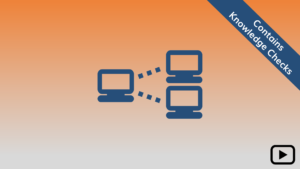
Cisco Switching Paths
We all know that Ethernet switches switch traffic. In this 1-hour Tech Session, Jim Goughenour takes a deeper look into what is happening behind the
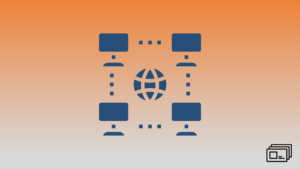
Cisco Switching Paths
These slides were used to present the Cisco Switching Paths Tech Session. (Click below to view/download these slides)

Troubleshooting Wireless Client Connectivity
These slides were used to present the Troubleshooting Wireless Client Connectivity Tech Session. (Click below to view/download these slides)

Class Based Weighted Random Early Detect (CBWRED)
This video explains what Class Based Weighted Random Early Detect (CBWRED) is and walks through how it works. This video is a small portion of

Congestion Avoidance
This short video discusses Congestion Avoidance and how it is typically applied as an egress mechanism. This video is a small portion of the Introducing

Congestion Avoidance Summary
This brief video provides a summary of the concepts related to Congestion Avoidance including Classification, Marking, Weighted Tail Drop, and more. This video is a

Tail Drop
This video explains what Tail Drop is and how it discriminately drops data when a queue is full. This video is a small portion of

Weighted Random Early Detect (WRED)
This video explains what Weighted Random Early Detect (WRED) is and how it discriminately drops data including an example. This video is a small portion

Weighted Tail Drop (WTD)
This video explains what Weighted Tail Drop (WTD) is and how it discriminately drops data. This video is a small portion of the Introducing QoS,

Introducing QoS, Part 4: Policing and Shaping
In this 1-hour Tech Session, Keith Edwards discusses Class-based Shaping and Class -based Policing. We also discuss the different logic that the two mechanisms employ,

Introducing QoS, Part 4: Policing and Shaping
These slides were used to present the Introducing QoS, Part 4: Policing and Shaping Tech Session. (Click below to view/download these slides)
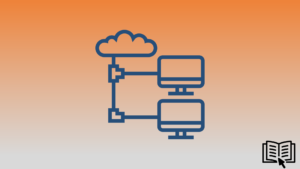
Exploring Automation and Assurance using DNA Center
This Tech Brief is derived from the Exploring Automation and Assurance using DNA Center Tech Session. (Click below to view/download this Tech Brief)
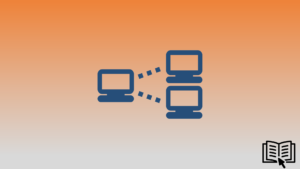
Understanding the Working Principles of SD-WAN
This Tech Brief is derived from the Understanding the Working Principles of SD-WAN Tech Session. (Click below to view/download this Tech Brief)
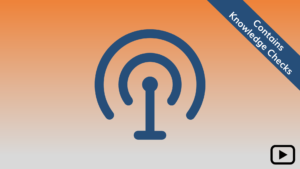
Wireless AP Operation
In this 1-hour Tech Session, Jim Goughenour takes a closer look at how APs and WLCs form relationships and take care of real-time and non-real

MRA Architecture
This short video walks you through the MRA Architecture its various components. This video is a small portion of the Practical Cisco Expressway Troubleshooting Tech

Cisco Expressway Summary Points
This brief video provides a helpful summary of key concepts related to Cisco Expressways including MRA calling, B2B calling, PKI Certificates, Dial Plans, and more.

Service Discovery Overview
This brief video provides an overview of Service Discovery and how it finds Call Manager (or Expressway-E). This video is a small portion of the

Service Discovery Flow
This brief video walks you through the Service Discovery Flow from the initial DNS Lookup to downloading the XML Configuration file. This video is a

Analyzing Search Details
This short video explains how you can use Search Details and Dial Plan Mechanisms for troubleshooting purposes. This video is a small portion of the

Inbound/Outbound B2B Dial Plans
This short video explains how Inbound and Outbound B2B Dial Plans work. This video is a small portion of the Practical Cisco Expressway Troubleshooting Tech
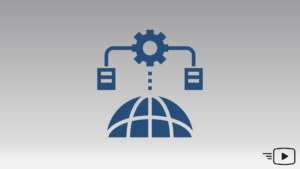
MRA Troubleshooting
This short video breaks down the steps to be taken and the questions to be asked when troubleshooting MRA. This video is a small portion

Mobile and Remote Access (MRA) Overview
This brief video provides an overview of Mobile and Remote Access (MRA) which is used on devices that are registered to Communications Manager such as

Inbound DNS Service Records
This short video breaks down Inbound DNS Service Records including parameters such as Protocol, Service, Transport, Port, and Location. This video is a small portion

Expressways Overview
This short video provides an overview of Expressways and how they are used to traverse Firewalls. This video is a small portion of the Practical

Cisco Expressway Troubleshooting Demo #2
This live demo walks you through a Cisco Expressway Troubleshooting scenario involving an internal and external instance of Jabber. This video is a small portion

Cisco Expressway Troubleshooting Demo #1
This live demo walks you through a Cisco Expressway Troubleshooting scenario involving a Communications Manager, Expressway-C, and Expressway-E. This video is a small portion of

B2B Troubleshooting
This video walks you through the steps involved in troubleshooting a B2B network including question such as, “Is the issue isolated to a single cell?”

Certificates in Call Manager vs. Expressways
This brief video explains how certificates are used in Call Manager and how they relate to Expressways. This video is a small portion of the

B2B Flow
This video outlines the flow of B2B Calling including how Expressways use protocols to open Firewall ports. This video is a small portion of the

Business to Business (B2B) Calling
This video explains what Business to Business (B2B) Calling is including some of the important components and features. This video is a small portion of

Practical Cisco Expressway Troubleshooting
These slides were used to present the Practical Cisco Expressway Troubleshooting Tech Session. (Click below to view/download these slides)
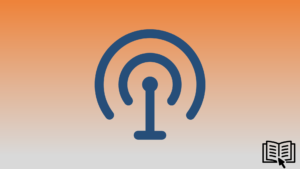
Examining the Cisco SD-Access Solution
This Tech Brief is derived from the Examining the Cisco SD-Access Solution Tech Session. (Click below to view/download this Tech Brief)
